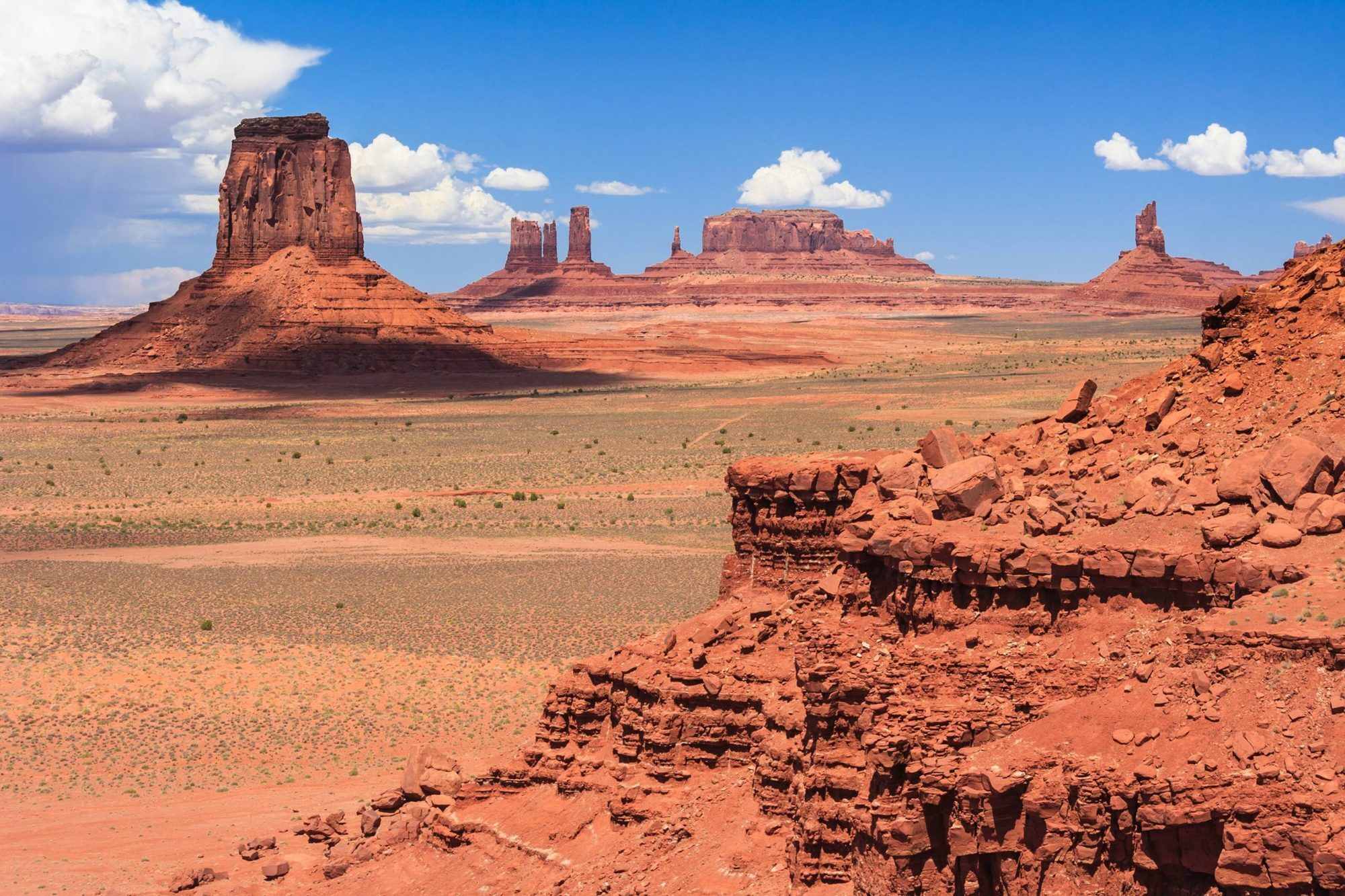Sacred Sites Of The Navajo Nation

The Navajo Nation is a land rich with history, culture, and breathtaking landscapes. Nestled in the southwestern United States, this area offers a unique opportunity to connect with the spiritual and cultural heritage of the Navajo people. From the majestic Monument Valley to the sacred Canyon de Chelly, each site tells a story of ancient traditions and deep-rooted beliefs. Visitors can marvel at the stunning rock formations, explore ancient cliff dwellings, and learn about the Navajo way of life. Whether you're interested in the natural beauty or the cultural significance, these sacred sites provide a glimpse into a world where nature and spirituality intertwine. As you journey through these lands, you'll gain a deeper appreciation for the Navajo's enduring connection to their ancestral home.
Sacred Sites Of The Navajo Nation
The Navajo Nation, rich in history and culture, is home to some of the most breathtaking sacred sites in the United States. These places hold deep spiritual significance for the Navajo people, offering a glimpse into their traditions and beliefs. Let's explore some of these awe-inspiring locations.
Monument Valley
Monument Valley is a stunning landscape of towering sandstone buttes and mesas. This iconic site has been featured in countless films and photographs, but its true essence lies in its spiritual importance to the Navajo.
- Monument Valley: Known for its dramatic red rock formations, Monument Valley is a sacred place where the Navajo people connect with their ancestors. The valley's unique landscape is believed to be the work of ancient spirits, and it continues to be a place of prayer and reflection.
Canyon de Chelly
Canyon de Chelly is a living testament to the resilience and history of the Navajo people. This canyon has been inhabited for thousands of years and is still home to Navajo families today.
Spider Rock: Rising 800 feet from the canyon floor, Spider Rock is a striking natural formation. According to Navajo legend, this is the home of Spider Woman, a deity who taught the Navajo people the art of weaving.
White House Ruin: Nestled within Canyon de Chelly, White House Ruin is an ancient cliff dwelling that offers insight into the lives of the Ancestral Puebloans. The site is named for the white plaster used on some of the walls, which can still be seen today.
Shiprock
Shiprock is a towering volcanic rock formation that holds great spiritual significance for the Navajo. It is considered a sacred mountain and plays a central role in Navajo mythology.
- Shiprock Peak: This majestic peak is believed to be the remains of a giant bird that carried the Navajo people to their current homeland. Climbing Shiprock is prohibited out of respect for its sacred status, but it can be admired from a distance.
Antelope Canyon
Antelope Canyon is a mesmerizing slot canyon known for its swirling sandstone walls and ethereal light beams. This natural wonder is a sacred site for the Navajo, who refer to it as "the place where water runs through rocks."
Upper Antelope Canyon: Often called "The Crack," Upper Antelope Canyon is famous for its narrow passageways and stunning light displays. Guided tours are available, allowing visitors to experience the canyon's beauty while learning about its cultural significance.
Lower Antelope Canyon: Known as "The Corkscrew," Lower Antelope Canyon offers a different perspective with its twisting rock formations. This part of the canyon is less crowded, providing a more intimate experience with nature.
Window Rock
Window Rock serves as the capital of the Navajo Nation and is named after a natural sandstone arch that resembles a window. This site is not only a symbol of the Navajo government but also a place of spiritual importance.
- Window Rock Arch: The arch is a natural wonder that holds cultural significance for the Navajo people. It is often used for ceremonies and gatherings, serving as a reminder of the connection between the Navajo and their land.
Embracing the Spirit of the Navajo Nation
Visiting the sacred sites of the Navajo Nation offers more than just a glimpse into the past. These places hold stories, traditions, and the spirit of a people deeply connected to their land. From the towering Monument Valley to the spiritual Canyon de Chelly, each location provides a unique experience. Respecting the cultural significance of these sites is crucial. Visitors should approach with an open heart and mind, ready to learn and appreciate. The beauty of the Navajo Nation lies not only in its landscapes but also in the rich history and traditions that continue to thrive. As you explore, remember to honor the land and its people. This journey can be transformative, offering insights into a culture that values harmony with nature and community. Embrace the opportunity to connect with the spirit of the Navajo Nation.

